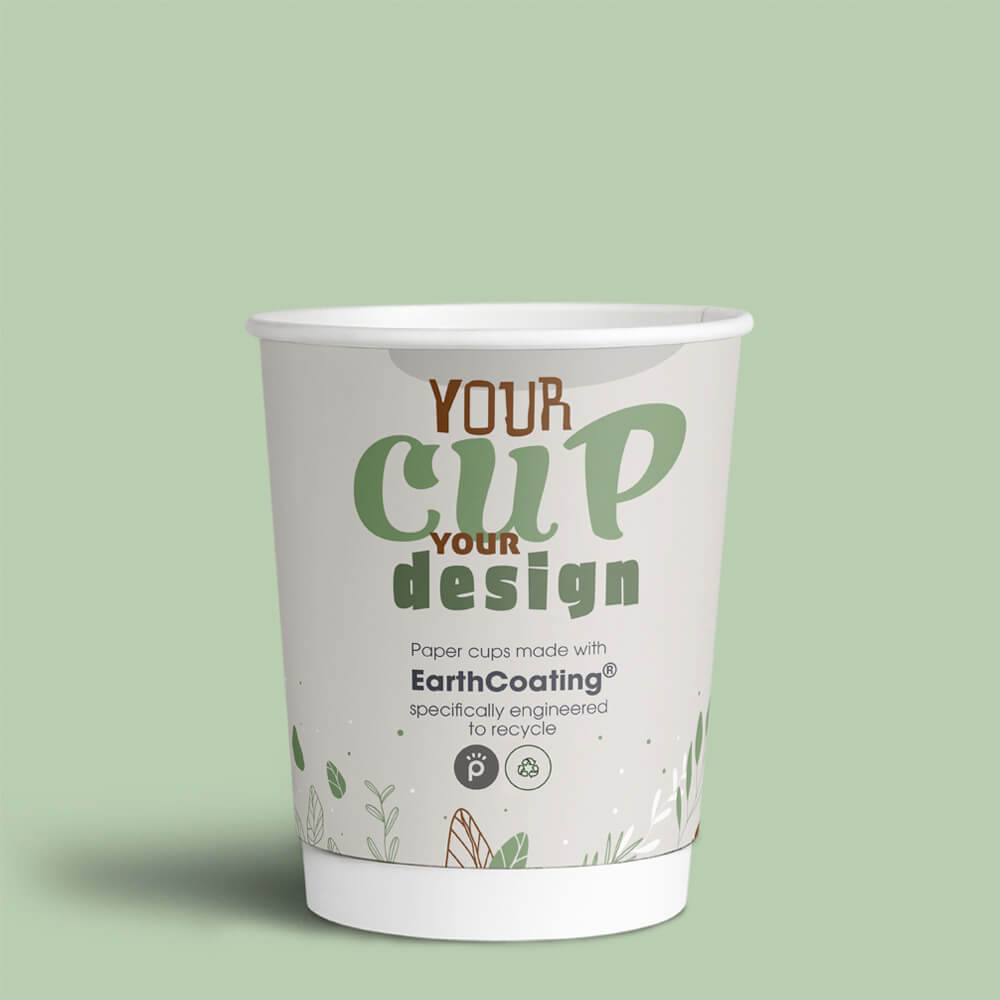The Versatility and Sustainability of Foam Trays
Foam trays are an ubiquitous part of modern consumer products, particularly in the food service and packaging industries. Made primarily from expanded polystyrene (EPS), foam trays have become a staple for packaging a wide array of items, from fresh produce and meats to prepared meals and takeout dishes. Their lightweight design, insulating properties, and cost-effectiveness make them a popular choice among manufacturers and retailers alike. However, there is a growing conversation surrounding their environmental impact, leading to a reevaluation of their role in our lives.
One of the primary advantages of foam trays is their ability to preserve food quality. The insulating properties of foam help maintain the temperature of both hot and cold items, which is crucial for ensuring food safety. For example, when transporting perishable items such as meats or dairy products, foam trays provide an excellent barrier against temperature fluctuations, reducing the likelihood of spoilage. Additionally, their lightweight nature allows for more efficient transportation, which can ultimately reduce carbon emissions associated with shipping.
Foam trays also offer convenience to consumers. They are often used in takeaway food services because they are disposable, which minimizes the need for cleaning and, in many cases, allows for easy stacking and storage. Restaurants and grocery stores benefit from this convenience as well; foam trays facilitate quick packing and service, thus enhancing customer satisfaction. For many people, the ease of using foam trays offsets the need to bring reusable containers.
foam trays

Despite these advantages, foam trays face significant criticism regarding their environmental impact. Expanded polystyrene is not biodegradable, and its production process generates pollution. Additionally, recycling foam trays has proven to be challenging; many recycling facilities do not accept EPS due to the complexities of processing it. This has resulted in foam trays contributing to landfill waste, leading to increased calls for sustainable alternatives.
In response to these concerns, some companies are exploring eco-friendly alternatives to traditional foam trays. Biodegradable packaging, made from plant-based materials or other sustainable sources, is gaining traction as a viable option. Pulp trays, for example, offer a compostable alternative that is both sturdy and environmentally friendly. As consciousness about sustainability increases, consumers are beginning to demand products with a lower environmental footprint, prompting businesses to reevaluate their packaging strategies.
Policy changes are also a factor in the foam tray discussion. Various municipalities worldwide have begun to implement bans on single-use plastics, including foam products. These legislative measures are designed to encourage the use of more sustainable packaging options, driving innovation in the industry. As regulations become stricter, companies are under pressure to find viable solutions that align with both consumer preferences and environmental responsibilities.
In conclusion, foam trays have carved out a significant niche within the food service and packaging industries due to their lightweight, insulating, and cost-effective nature. However, as the conversation surrounding sustainability continues to grow, the challenges associated with their environmental impact cannot be ignored. The evolution toward more sustainable alternatives represents a critical shift in consumer behavior and policy, highlighting the need for the industry to adapt to changing demands. By embracing innovative solutions and prioritizing eco-friendly practices, the packaging industry can continue to meet the needs of consumers while also being good stewards of the environment. As we move forward, it is imperative that both producers and consumers participate actively in this pivotal transition toward sustainability in packaging.



